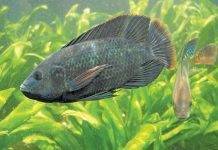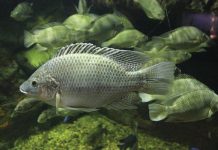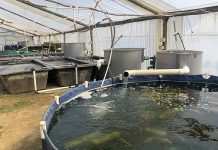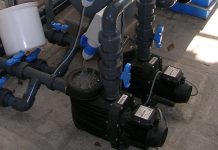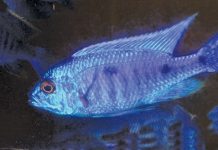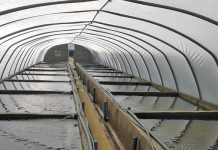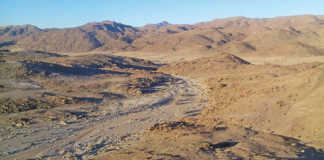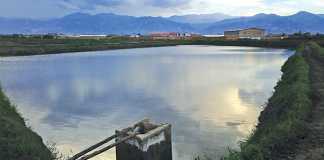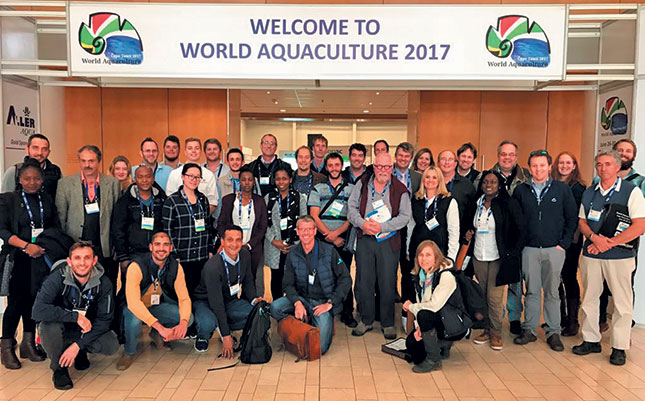
Photo: Nicholas James
Anyone serious about aquaculture, especially in Africa, was there.
Presentations on warm-water aquaculture from Asia showed how far tilapia culture has advanced, with farm-reared fish now exceeding the tonnage of wild-caught fish for the first time ever.
Countries such as China, Thailand, Indonesia and Bangladesh, using simple yet clever technology along with modern techniques, now produce millions of tons of tilapia, which has become a world commodity.
Africa’s success stories
On the African continent, Egypt, a desert region with one river, and 100 million people, now produces 63% of the continent’s aquaculture output. A striking feature of Egypt’s production is that it is managed at temperatures formerly considered far below those usually optimal for tilapia.
In sub-Saharan Africa, cage culture is the bulk producer, with four main private producers each delivering between 3 000t and 8 000t annually to local markets. Such a production volume makes catching wild tilapia redundant.
At the next level, privately funded pond culture has emerged as a growing sector with investments of between US$1 million (R13 million) and US$5 million (R65 million), and production of some 200t to 500t per farm annually.
All this production is absorbed by local markets with little inter-country export. Using pond fertilisation to produce smaller tilapia cheaply, coupled with supplemental feeding to produce larger fish for urban markets, has proved a successful approach.
In several African countries, government support of aquaculture for food security and poverty alleviation has been successful.
The cycle of failure where state projects used outdated technologies, unskilled personnel and smothering legislation, has largely given way to realistic state support.
Countries such as Uganda, Kenya and Egypt are now producing substantial tilapia outputs through collective community and private farms operating with state assistance in the form of subsidised feed, and state processing facilities and transportation of product.
How the SA Government props up failures
The situation in South Africa is very different. There are ideal climatic conditions and water availability in many parts of the country at low altitude, yet our aquaculture industry is hampered by environmental legislation at all levels, and it barely survives.
Despite the laudable national goals of Operation Phakisa, state support for aquaculture is limited to sustaining the failed marine finfish projects and senselessly investing in catfish, which still needs to be disguised as canned products to be palatable to a resistant market.
Often, viable bulk fish culture projects are rejected outright, or simply put on hold by environmental officials at provincial level.
I wondered why the state departments concerned with poverty alleviation and rural development were not at this important conference.
What also needs to be explained is the absence of senior officials from the departments of agriculture and environmental affairs from most African regional overviews, policy presentations and sessions at the conference.

